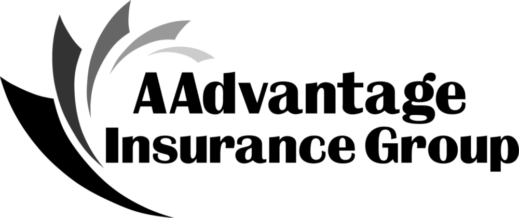As of January 1st, Waterman-Neely is now partners with AAdvantage Insurance Group. You will be referred to our main site in 10 seconds...
-
Address: 110 W Walnut St, Chatham, IL 62629
-
Phone: (217) 483-2441
-
Email: info@aadins.com
-
Fax: 217-207-0118
-
Text: 618-692-4440
Whole life insurance and term life insurance are two common types of life insurance policies, each with distinct features and purposes. Here’s a breakdown of the key differences between the two:
- Duration:
- Whole Life Insurance: This is a permanent life insurance policy that covers the insured for their entire lifetime, as long as the premiums are paid. There is no specific term limit.
- Term Life Insurance: This is a temporary life insurance policy that provides coverage for a specified period, such as 10, 20, or 30 years. If the insured person dies within the term, their beneficiaries receive the death benefit; otherwise, the policy expires without a payout.

- Premiums:
- Whole Life Insurance: Premiums for whole life insurance are generally higher than those for term life insurance because they cover the entire lifetime of the insured and also include an investment or savings component.
- Term Life Insurance: Term life insurance premiums are typically lower than whole life premiums for the same amount of coverage because the coverage is limited to a specific term.
- Cash Value and Investments:
- Whole Life Insurance: Whole life policies often have a cash value component that grows over time. A portion of the premium goes towards this cash value, which can be borrowed against or withdrawn. Some policies offer dividends based on the performance of the insurer’s investments, although these are not guaranteed.
- Term Life Insurance: Term life policies do not have a cash value component or investment feature. They are designed solely to provide a death benefit to beneficiaries if the insured passes away during the term.
- Death Benefit:
- Whole Life Insurance: The death benefit in a whole life policy is usually fixed and guaranteed, meaning it will be paid out whenever the insured person passes away, regardless of age, as long as premiums are up-to-date.
- Term Life Insurance: The death benefit in a term life policy is paid out only if the insured person dies within the specified term of the policy. If the term expires and the insured is still alive, there is no payout.
- Coverage Purpose:
- Whole Life Insurance: Whole life policies are often used for estate planning, wealth transfer, and long-term financial protection. The cash value component can be utilized for various purposes during the insured’s lifetime.
- Term Life Insurance: Term life policies are commonly used to provide temporary financial protection during specific periods of life, such as when raising a family, paying off a mortgage, or while dependents are financially reliant.

In summary, whole life insurance provides lifelong coverage with an investment or savings component, while term life insurance offers coverage for a specific term without the investment element. The choice between the two depends on your financial goals, family situation, and overall insurance needs.
Here at Waterman-Neely Insurance, we can help you decide which option is best for you! Give us a call today at 217-438-2441 and we can get that process started!
